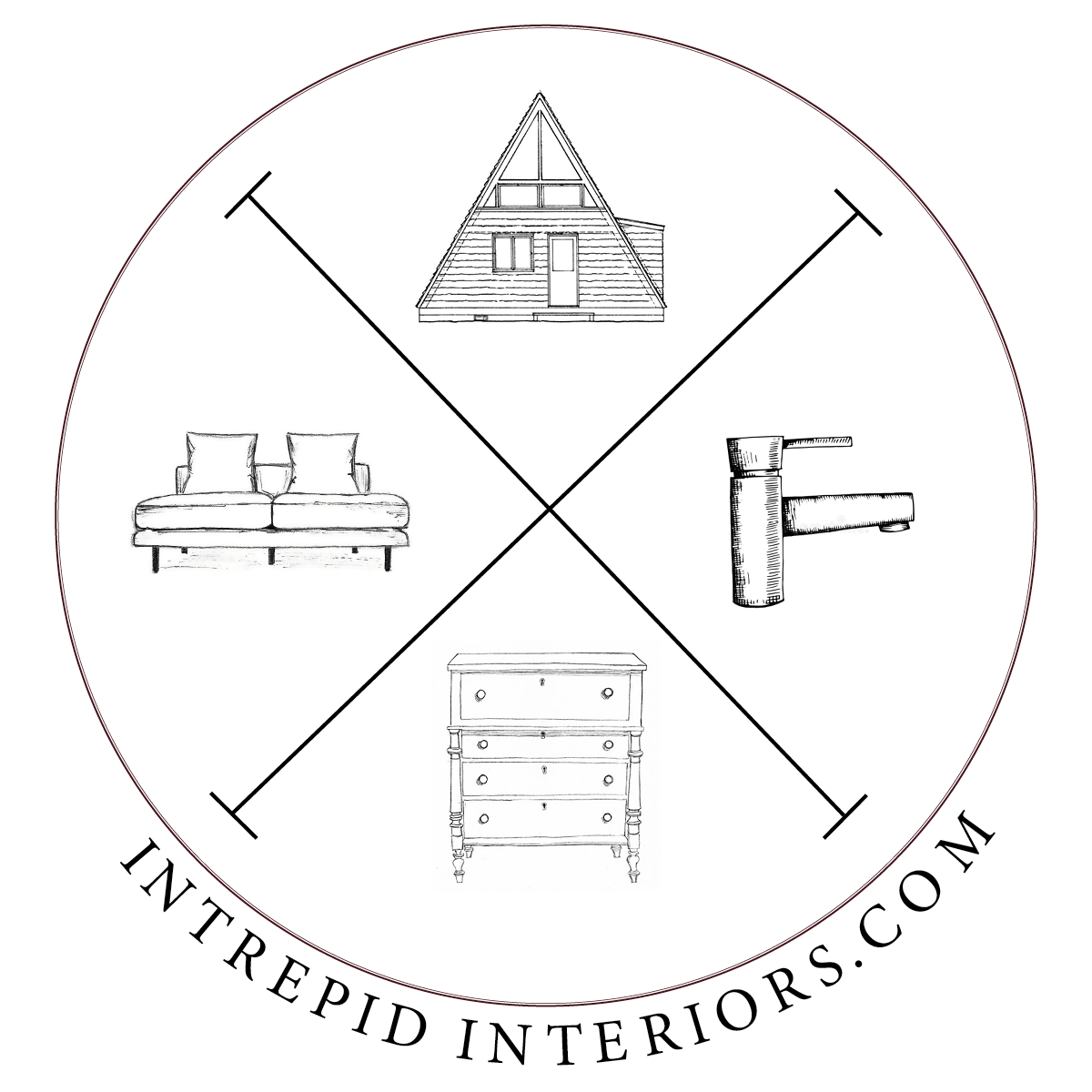Need Help with Building Permits in Whistler?
/If you want to renovate your property in Whistler, there’s a good chance you’ll need a building permit. Building permits are required for any project scope larger than simply replacing your existing faucets, vanities, or light fixtures.
Here are 3 hot tips when applying for building permits in Whistler
There’s always a chance the wish list could trigger a development permit, so establish your project scope, budget, and timeline to ensure you apply for the correct permit.
Permit processing can take up to 6+ months so anticipate your project start date accordingly.
In multi-residential units consult Strata for approval, and include written permission with your application.
At Intrepid Interiors we simplify the building permit process for homeowners and contractors. If you’re planning a renovation or new build, we’re here to help.



















